Social media is a key marketing tool in today’s world. But when it comes to social media marketing, there are hundreds (if not thousands) of strategies you can apply to reach your target customers.
However, the ball does not stop with simply reaching customers and generating leads.
Your business has to create a social media funnel for lead nurturing. And a successful social media funnel is one that lets you convert leads into loyal, paying customers.
So, in this article, you’ll learn five steps you can take to create an effective social media funnel that generates leads for your business.
Table of Contents:
- What Is a Social Media Marketing Funnel
- Why Social Media Marketing Funnel Is Important
- How to Build a Social Media Marketing Funnel
- 5 Stages of a Social Media Marketing Funnel
What Is a Social Media Marketing Funnel
A social media funnel is a pathway a lead follows until they become a paying customer. This customer journey generally begins with brand awareness.
After the sale is made, social media marketing funnels go a step further to help businesses cultivate customer trust and loyalty. This ensures customers don’t only come back for more of your products, but also recommend your brand to their friends.
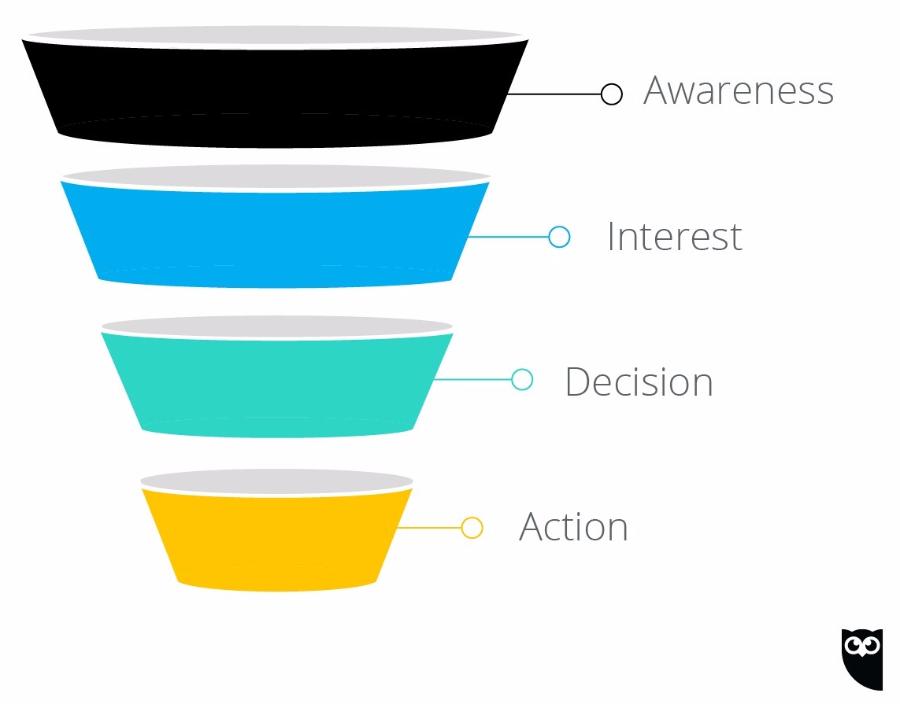
As shown in the image above, a social media funnel usually has these four stages:
- Awareness – People become aware that your brand and products exist
- Consideration (or Interest) – Potential customers get captivated enough to read your ad, for instance, and click the link to your landing page
- Decision – You get leads to express interest in your products
- Action – Leads then take the next step, which can be adding an item to their cart, messaging you, or calling you.
There are two final two steps to add to that typical funnel, though – for lead nurturing purposes:
- Engagement – Where you cultivate a relationship with the customer
- Advocacy – Where they become your brand ambassador to their friends and families
For social media funnels, your business relies on the long-term relationship you create with each customer. Let’s look at why this is important in the next section.
Why Social Media Marketing Funnel Is Important
The average adult spends about 95 minutes on social media platforms daily. Additionally, there are about 4.89 billion social media users in 2023. This figure is expected to increase with time:
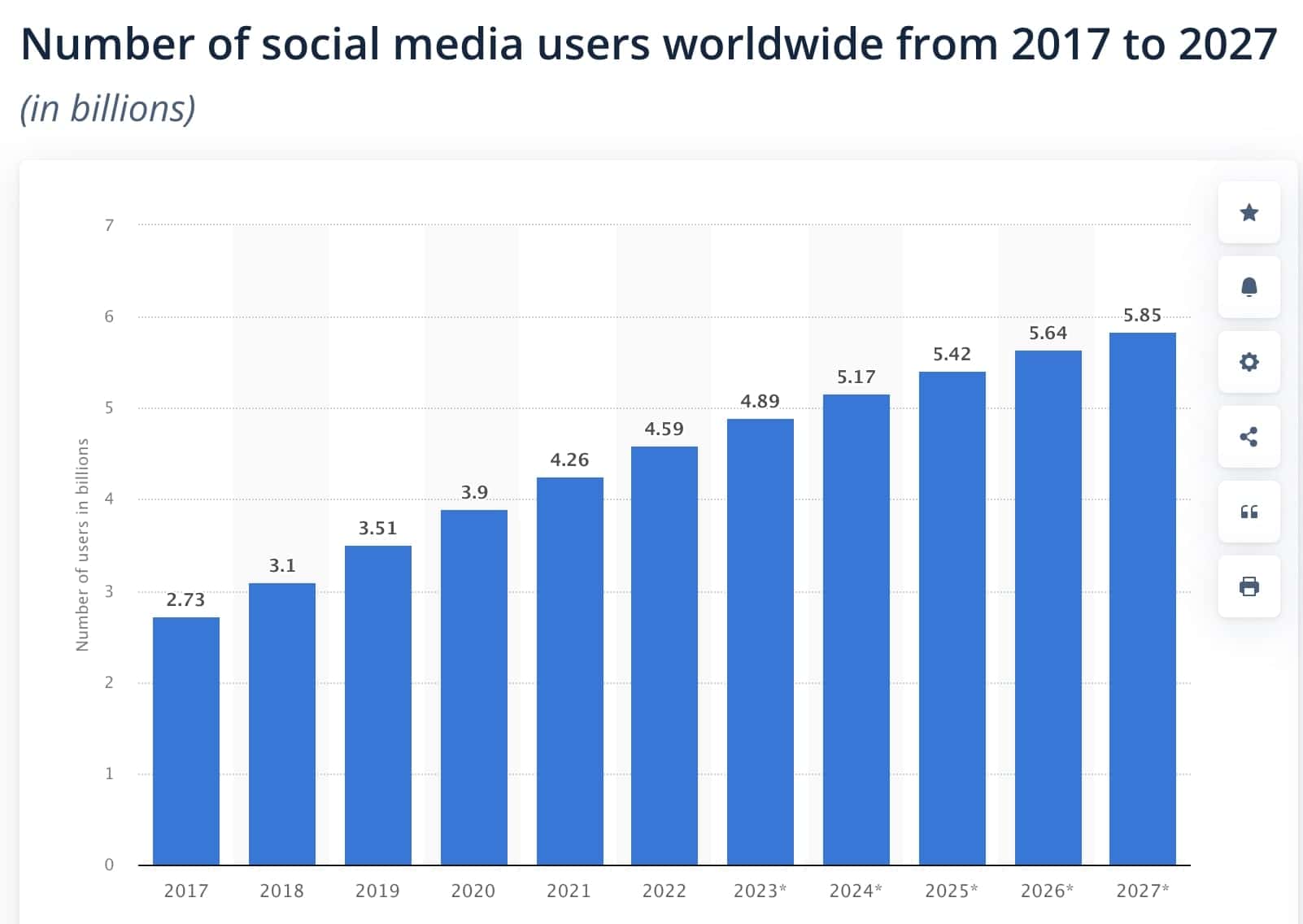
This simply means that, if you’re a brand, having a social media strategy, advertising on social media, and working with influencers cannot be overlooked.
With a solid social media presence, you can:
- Grow your brand identity
- Boost website traffic
- Increase brand visibility
- Get free lead generation
- Interact with customers more meaningfully
Your social media funnel allows you to use your current leads as brand ambassadors themselves. You can achieve this by encouraging your current customers or leads to invite other interested parties to check out your products. It’s known as the network effect of a social media funnel.
Additionally, social media sales funnels allow you to target leads, depending on the specific funnel stage they are in. You give them unique content that speaks to their needs at that level, boosting the chances of conversion.
Finally, a social media funnel lets you know the various pathways your customers pass through before conversion. This then allows you to be more strategic in your lead-targeting approach.
How to Build a Social Media Marketing Funnel
To be successful at building an effective social media marketing funnel, you should identify who your target audience or customer is. You can do this by finding out what shared attributes your leads have.
So, find out what types of content interest your audience. Also, highlight the challenges they face while trying to get the services or products you offer.
You can get this information by talking to your company’s sales and customer service teams. They should have a good picture of who your target customer is. Conducting market research can also give you the data you need.
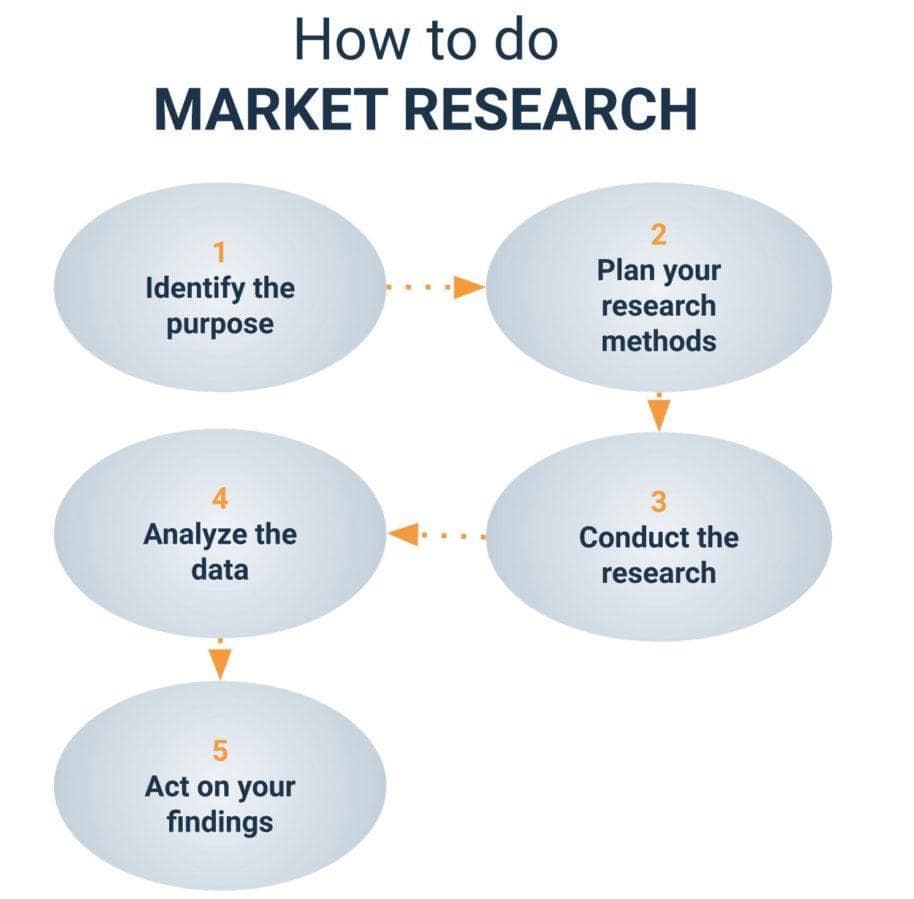
After you have known and defined your audience, the next step is to discover how to reach them effectively. Take a look at the metrics of your company’s social channels. You want to find out which one has the most potential to reach your target audience.
Every social media platform attracts audiences with different behaviors. Since each platform serves a unique purpose, find out where your audience spends most of their time and reach them there with your content.
You’d need to organize your content on each platform, though. You don’t want your audience to be turned off by clutter. That applies to your website, too. After all, you may want to use your socials to drive traffic to your site as well. So, on your website, create content clusters to ensure a good user experience.
Integrate your site with marketing tools. This can help you still nurture leads who get to your website from your socials, but leave without taking action. If you’re an eCommerce site, for instance, eCommerce marketing solutions can help you promote your content to them via email marketing or SMS, even after they leave.
As for your social media platforms, see which ones best drive your KPIs at each funnel step, and craft your social strategy accordingly. Test your funnel and make improvements based on your findings.
5 Stages of a Social Media Marketing Funnel
With the theoretical knowledge that you have gained this far, it’s time to look at how you apply all this in practice: Let’s look at each stage of the funnel closely:
1. Awareness Stage
In this stage of the social media funnel, target audiences get to hear about your brand and get interested in what you have to offer. They seek to know the use cases of your products, and the benefits they get if they purchase from you.
A pro-tip to build brand awareness on social media is to make quality content that addresses the challenges and setbacks—both professional-related and personal—your target audience faces.
Since they’re probably already looking for a solution to the problem you stated, they’ll be attracted to your posts.
Here’s an example.
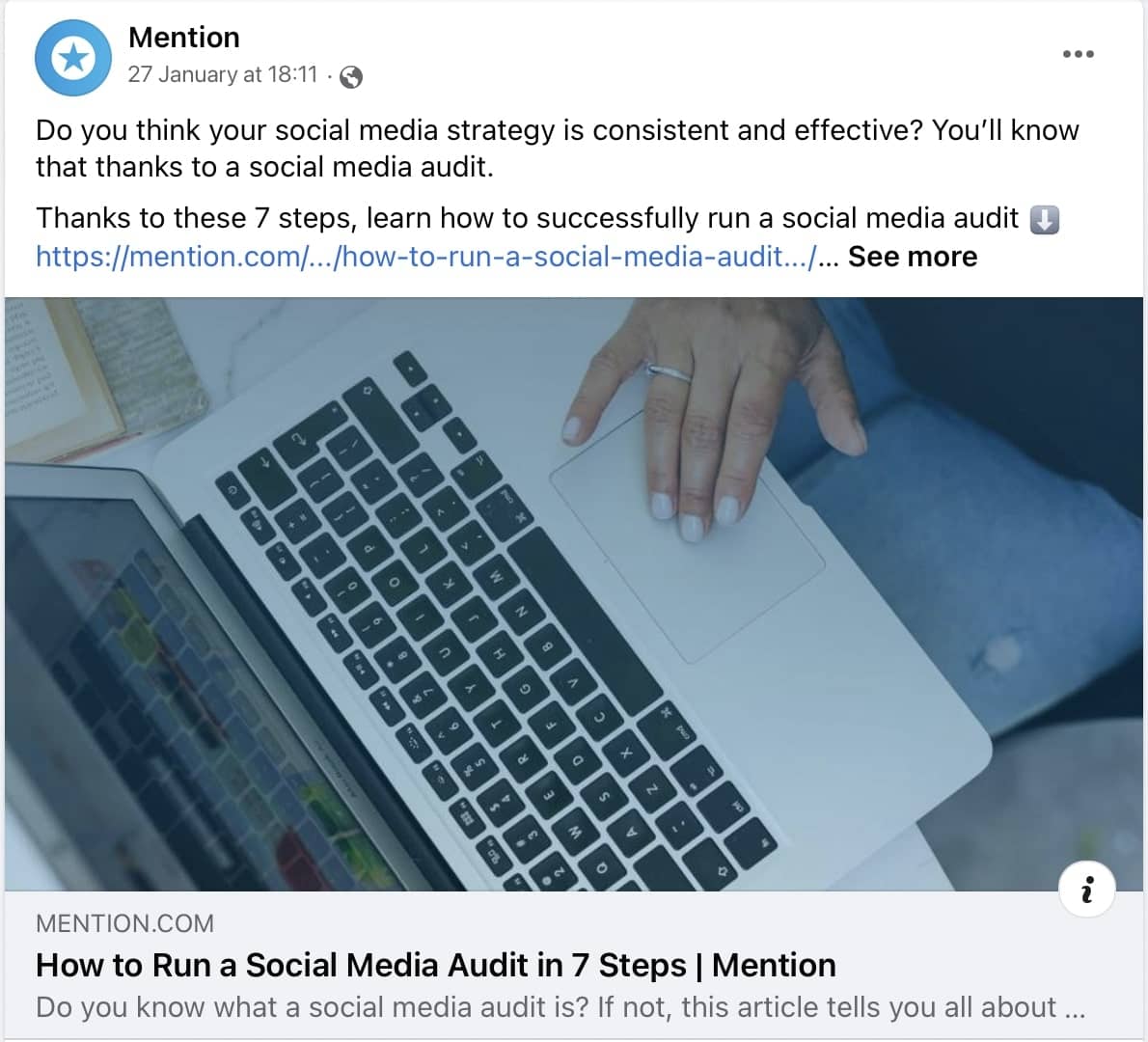
How to run a social media audit is a question every business owner and marketer has.
Mention gives their target audience seven steps to help with that. Clicking the link leads to their website. So, this solves their audience’s problem, while boosting web traffic for them.
Take time to do in-depth research into who your target audience is, and the challenges they face that center around what you offer. Relevance is key.
After attracting your target audience, it’s time to reel them in by providing solutions to these problems. This helps build their interest in learning more about your brand, and how you can help them solve their problems. Let’s discuss that further in the next section.
2. Consideration Stage
At this stage, your generated leads are seeking more information about your company and your products. They’re trying to decide whether buying from you would address their pain points comprehensively, or at least enhance their lives.
Your leads are trying to decipher how your products or services are different from other similar companies and brands in the market. Therefore, make sure you communicate your competitive advantage effectively to them.
Give your leads information that nudges them toward the next stage – the action stage. You can use strategies like customer testimonials, case studies, and product reviews to achieve this. They have been proven to work wonders in the past, and are even a great way to get more Instagram followers, Facebook likes and retweets.
Check out the example below. Charlotte Tilbury uses their Instagram account to show how their products look on various celebrities and people of all walks of life. They also share tutorials on how to use their in-house products.
Since their target audience can see how the product looks on real people, it makes it easy for them to decide and buy Charlotte Tilbury products.

Bottom line, give your leads information that is beneficial to them at the consideration stage. Show them why they should choose your products and not your competitors. This will greatly boost your chances of having them move on to the next step of the social media funnel.
3. Action Stage
If you have had a successful run with the first two stages of the social media funnel, then the conversion stage should be a breeze! This is where the lead finally commits and buys from your business. Your leads can do this by clicking on the link that leads them to your landing page, or adding an item to their cart.
Here, content such as product demos, webinars, video customer reviews, social proof, and white papers can come in handy. Apply a bit of marketing psychology at this stage by helping your leads cross from promising prospects to paying customers. Use strategies like:
- Time-limited special offers and coupons on your social media ads
- Other purchase incentives like bonuses and discounts
This will create FOMO (fear of missing out) on your prospects. Getting into their head will greatly pay off in the end. The following stages of the social media funnel are equally crucial to business’ success and goal attainment.
4. Engagement Stage
You must, by all means, remember that retaining your customers needs the same amount of effort as attaining them. So be careful not to let your guard down or drop the ball.
Make use of your social media platforms to continuously nurture your customers and turn them into loyal customers. This helps you prevent the scenario where a customer buys once, forgets about you, and never buys from your store again.
To maintain your relationship with one-time buyers and keep them interested in your products, continuously create content that encourages them to buy again. For instance, you can create hashtag campaigns as a way to get user-generated content (UGC). Buyers can showcase themselves using your product, and share the photo or video on their own social media profiles.
Not only will they have helped your hashtag gain traction, but they will also have shared your brand with their followers. This will help you boost your brand’s reach, consequently growing your social media following. Here’s an example.
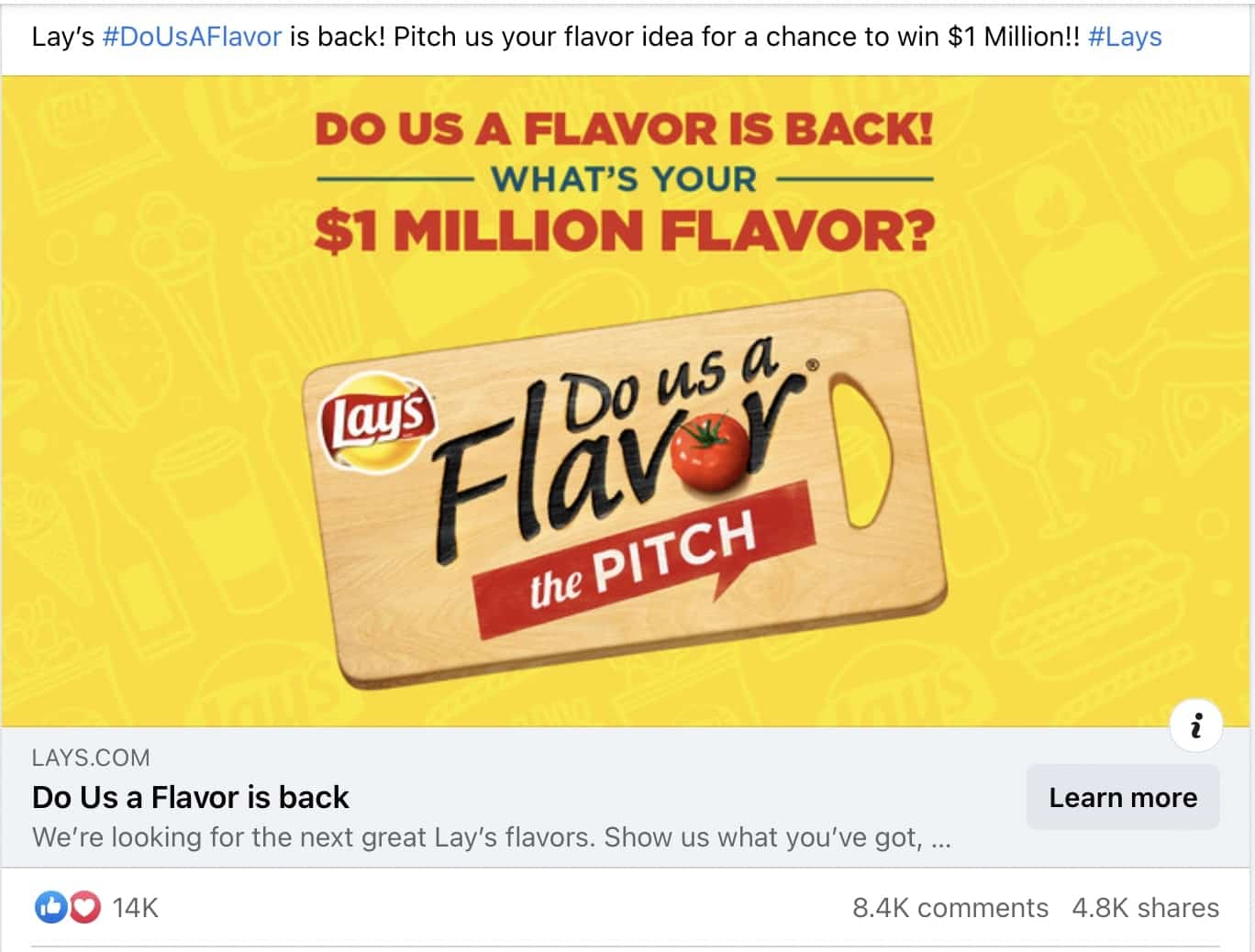
Lay’s ran a social media contest with the hashtag #DoUsAFlavor, where they asked their audience to suggest which Lay’s flavor they would love the company to create. By the end of the campaign, the company received 3.8 million submissions, and its Facebook page grew to 1.2 million followers.
5. Advocacy Stage
Once you have closed the deal, made the sale, and given value to your customer, the next step is to turn them into brand ambassadors. Making sure your existing clients are happy is key. It is the sole determining factor whether they will recommend you to their friends, family, and colleagues or not.
This is also a great time to request a customer testimonial from them. You can keep this as social proof and use it in your next ad campaign. You can also incorporate it into the customer testimonial list on your landing page.
Encourage customers to share about your brand by giving them juicy incentives. Try giving them discounts on their next purchase every time they bring in a new customer who completes the sales cycle.
This is also a great social media marketing strategy to get more UGC.
Check out this example.

Additionally, make it easy for customers to give their testimonials on your website or social media pages. This allows them to share their gratitude to your company with ease.
Remember to keep customers engaged and interested by providing valuable content to them. That means ramping up your content marketing strategy on social media and other channels. Giving them a consistent user experience also allows them to keep recommending you to more people over time.
In Closing
A social media funnel is an essential marketing tool to consider. It’s the pathway that a lead follows to facilitate their conversion into a customer. Since more people are using social media channels daily, it is essential to have a strategy to reach and convert your target audience into paying customers.
To build a successful social media funnel, start by researching who your target audience is and where they spend most of their time online. After this, consider the five stages of the social media funnel: awareness, consideration, action, engagement, and advocacy.
Keep your audience engaged even after they make their purchase. This will ensure they remain your brand ambassadors and advocates long-term.
Now you’re well on your way to creating a successful social media funnel.






